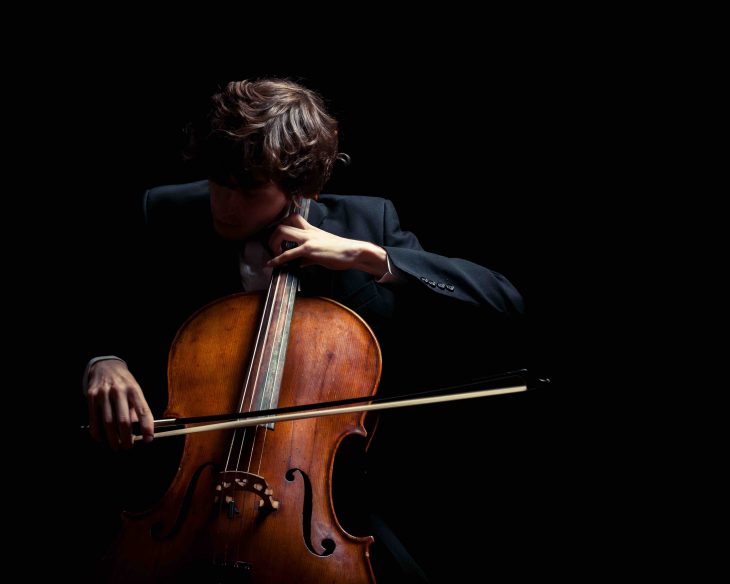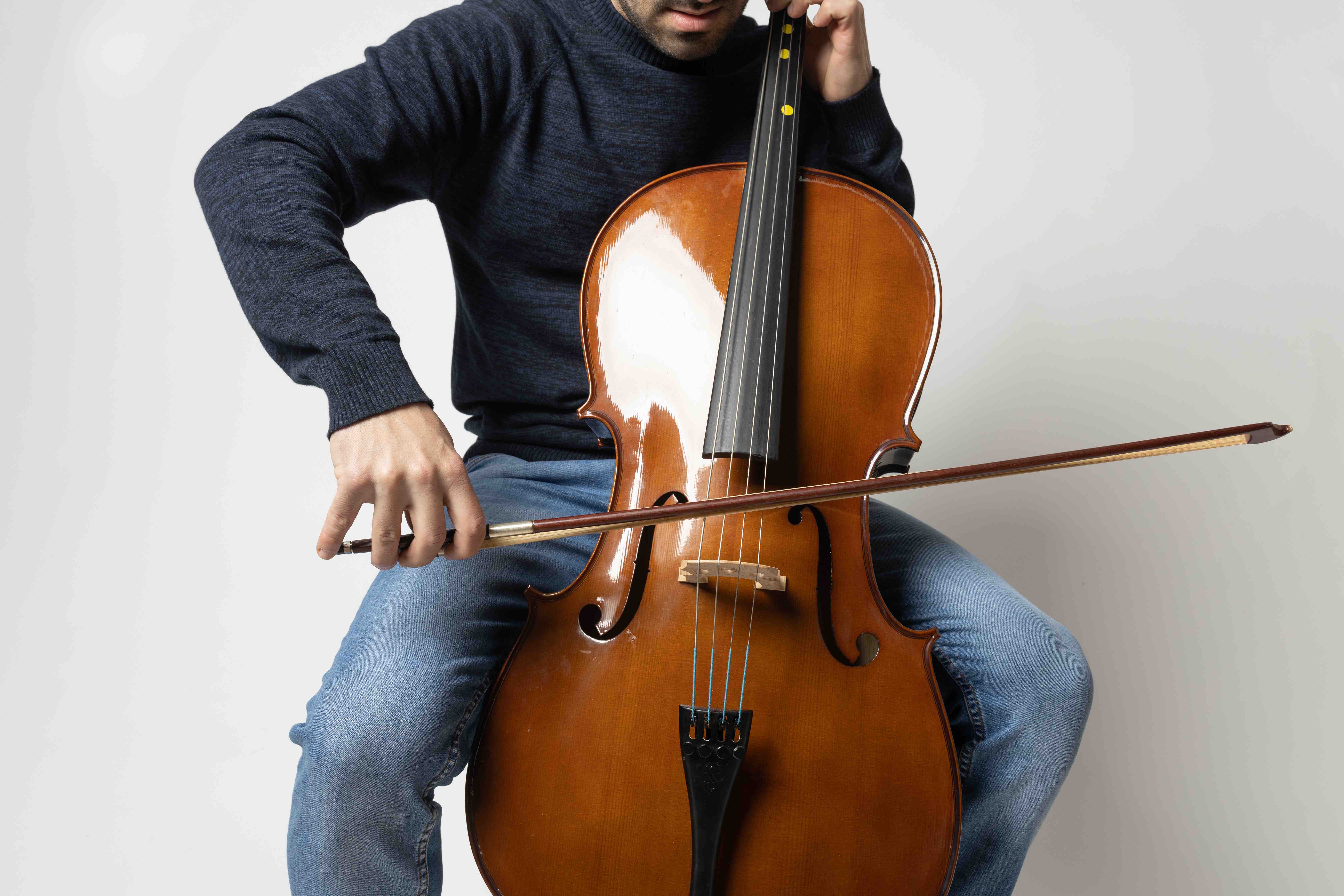
If you have ever been captivated by the rich, soul-stirring sounds of a cello, you are not alone. This remarkable instrument, with its sonorous and deep tones, has enchanted audiences for centuries. In this article, we uncover 15 fascinating facts about the cello, shedding light on its history, construction, famous cellists, and more. Prepare to embark on a musical journey as we unveil the secrets of this melodious masterpiece.
Origins and Evolution
The cello, a member of the violin family, traces its roots back to the early 16th century. It evolved from the bass violin, a larger version of the violin, and gained popularity during the Baroque period. Its shape and design have undergone several modifications over time to enhance its tonal capabilities and playability.
The Anatomy of a Cello
A cello consists of various parts that contribute to its unique sound. These include the body, neck, fingerboard, bridge, soundholes (f-holes), tailpiece, and strings. The body is typically made of wood, often spruce or maple, which resonates to produce the instrument’s warm and vibrant tones.
Size Matters
Cellos come in various sizes to accommodate players of different ages and body types. The most common sizes are 4/4 (full size), 3/4, 1/2, 1/4, 1/8, and 1/10. Choosing the right size is crucial for comfort and optimal technique.
Endpin Enigma
The endpin, located at the bottom of the cello, allows the player to adjust the instrument’s height and angle while playing. This ingenious feature, introduced in the late 19th century, facilitates a more ergonomic and comfortable playing position.
The Horsehair Bow

The bow, an essential companion to the cello, is traditionally made of horsehair stretched over a wooden or carbon fiber stick. The bow is drawn across the strings to produce sound, and the tightness of the horsehair affects the volume and tone.
Cellos and Their Cellists
Throughout history, many virtuosic cellists have left an indelible mark on the world of classical music. Legendary names such as Pablo Casals, Yo-Yo Ma, Jacqueline du Pré, and Mstislav Rostropovich have elevated the cello to new heights, mesmerizing audiences with their sublime performances.
Cello in the Orchestra
In the orchestra, the cello section plays a pivotal role. Positioned in the center, it provides a rich foundation, lending depth and resonance to the ensemble. From expressive solos to harmonious accompaniment, the cello’s versatile nature makes it an indispensable part of orchestral music.
Noteworthy Duos
Cello duos have created enchanting musical dialogues throughout history. The Baroque period witnessed the rise of the “cello da spalla,” a cello-like instrument played on the shoulder. Nowadays, cello duets, featuring two cellos, offer a delightful interplay of melodies and harmonies.
Cello in Popular Music
Beyond classical music, the cello has found its way into various genres, including rock, pop, and jazz. Its expressive qualities and resonant tones have made it a sought-after instrument for contemporary artists, adding depth and emotion to their compositions.
Famous Cello Repertoire
The cello boasts a vast repertoire of solo and chamber music. Iconic compositions like Bach’s Cello Suites, Dvořák’s Cello Concerto, and Elgar’s Cello Concerto have become timeless classics, showcasing the instrument’s expressive range and virtuosity.
Cello-Making Craftsmanship
Crafting a cello is an intricate art that demands skill and expertise. Master luthiers meticulously handcraft these instruments, considering factors like wood selection, arching, and varnishing techniques to create instruments of exceptional quality and tonal character.
Stradivarius and Montagnana
Antonio Stradivari and Domenico Montagnana, renowned Italian luthiers from the 17th and 18th centuries, are celebrated for crafting some of the finest cellos in history. Instruments created by these masters are highly coveted and often carry a hefty price tag.
Cello Collectibles

Vintage cellos, especially those made by esteemed luthiers, hold tremendous value in the world of collectibles. These instruments are not only prized for their historical significance but also for their exceptional tonal qualities, making them highly sought after by collectors and musicians alike.
Cello Trivia
Did you know that the word “cello” is an abbreviation of the Italian term “violoncello”? Additionally, the cello’s sound is produced when the player’s bow creates friction on the strings, causing them to vibrate and resonate. These intriguing tidbits add to the allure and mystique surrounding this captivating instrument.
Cello Therapy
Beyond its musical prowess, the cello has therapeutic qualities. Playing the cello can relieve stress, improve posture, enhance cognitive function, and foster emotional well-being. It serves as a conduit for self-expression and creativity, offering solace and joy to both performers and listeners.
Final Word
As you delve into the world of cellos, you will uncover a myriad of wonders. From the celebrated musicians who have embraced its mellifluous voice to the master craftsmen who painstakingly create these instruments, the cello stands as a testament to the power of music and human ingenuity.
Frequently Asked Questions (FAQs)
Can I learn to play the cello as an adult?
Absolutely! Learning the cello as an adult is entirely possible and can be a rewarding journey. Find a qualified teacher who can guide you through the learning process and enjoy the experience of discovering a new musical passion.
How long does it take to become proficient at playing the cello?
The time required to become proficient at playing the cello varies from person to person. It depends on factors such as dedication, practice time, and previous musical experience. With regular practice and proper guidance, you can make steady progress and enjoy playing the instrument.
What is the average cost of a cello?
The cost of a cello can vary greatly depending on factors such as the instrument’s quality, age, and craftsmanship. Entry-level student cellos can start from a few hundred dollars, while professional-grade instruments crafted by renowned luthiers can cost tens of thousands or even millions of dollars.
How often should I change my cello strings?
Cello strings need to be changed periodically to maintain optimal sound quality and playability. The frequency of string changes depends on factors such as the type of strings, how often you play, and the level of wear. As a general guideline, professional cellists often change their strings every 3-6 months.
Are electric cellos a good alternative to acoustic cellos?
Electric cellos can be a fantastic alternative to acoustic cellos, especially for musicians interested in exploring different genres or playing in amplified settings. They offer versatility in sound and volume control, allowing for experimentation and adaptation to various musical contexts.
Was this page helpful?
Our commitment to delivering trustworthy and engaging content is at the heart of what we do. Each fact on our site is contributed by real users like you, bringing a wealth of diverse insights and information. To ensure the highest standards of accuracy and reliability, our dedicated editors meticulously review each submission. This process guarantees that the facts we share are not only fascinating but also credible. Trust in our commitment to quality and authenticity as you explore and learn with us.
